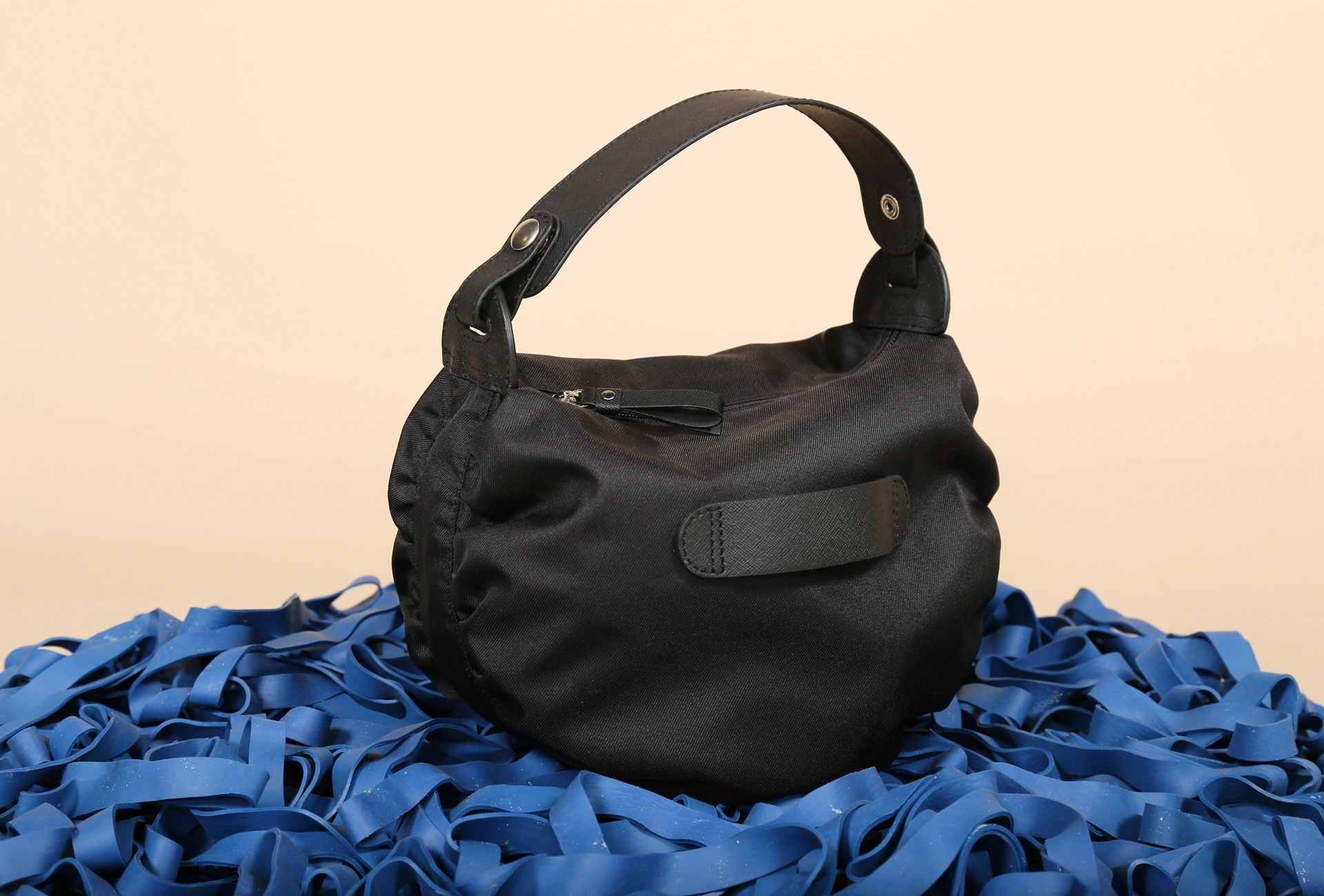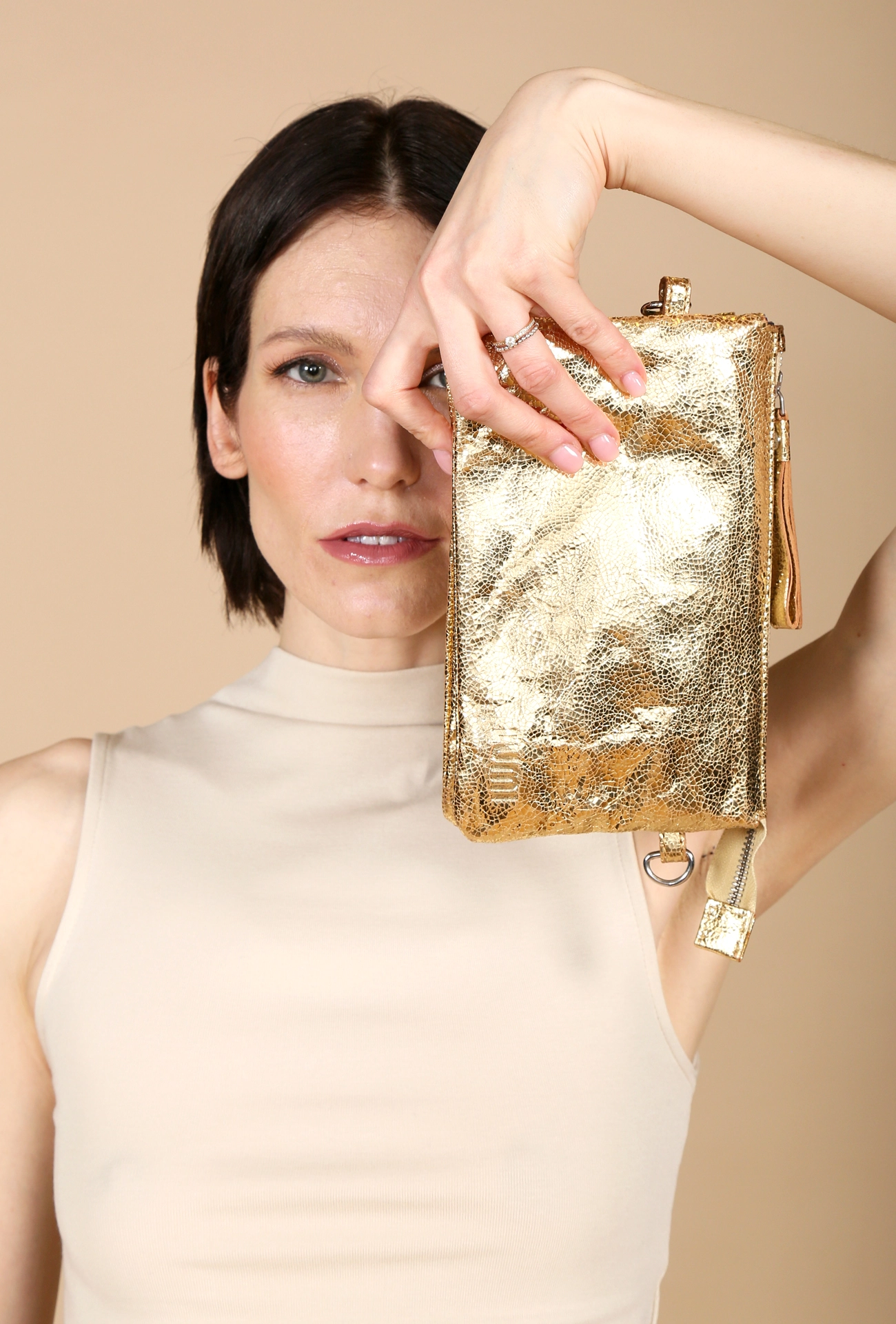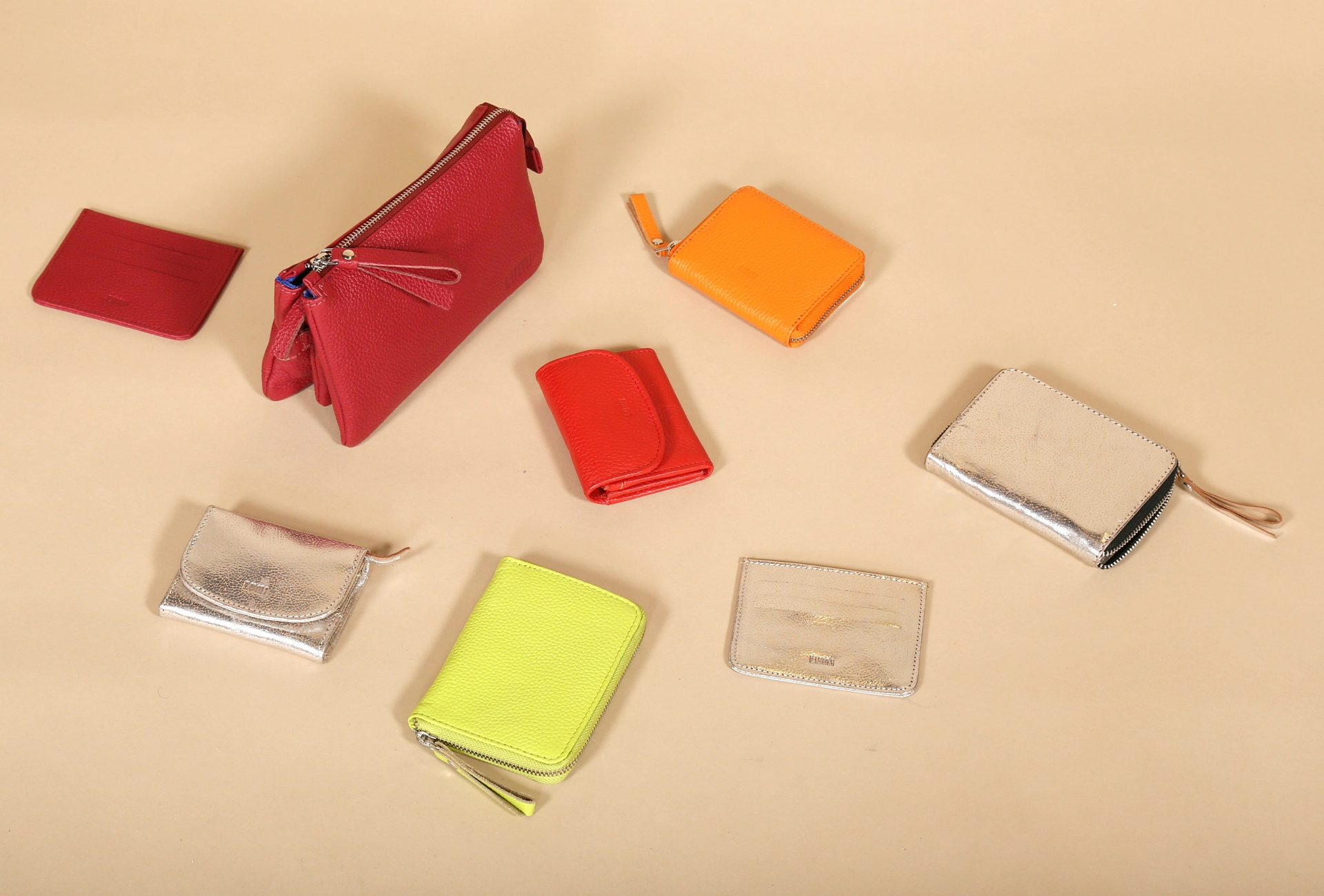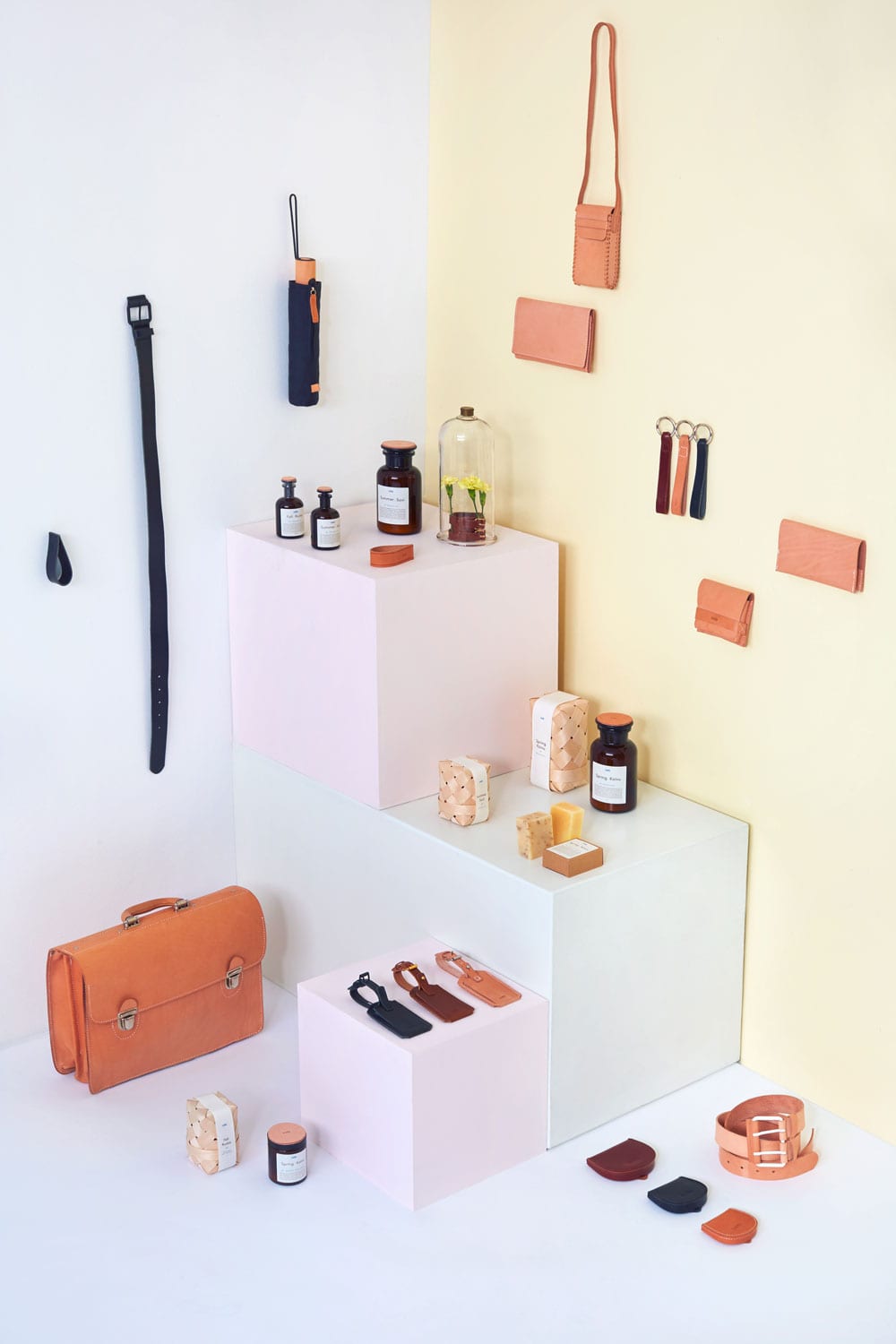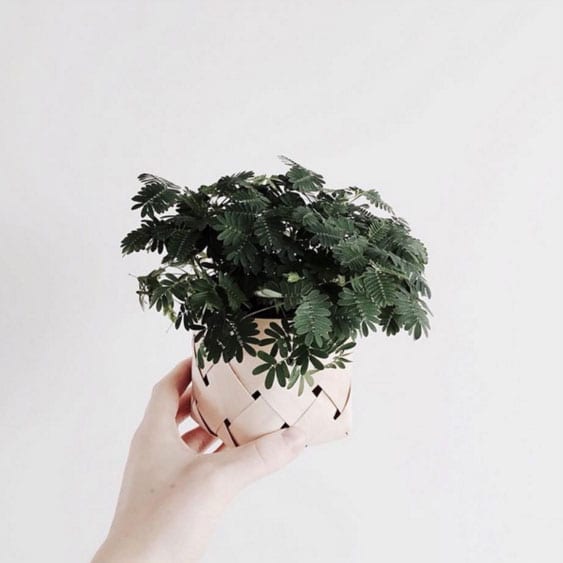Top Image:
Detail from “Gyre,” 2009
© Chris Jordan
In our previous post, we discussed our ongoing effort to understand the ecological impacts of our business, an effort that, above all, requires a hard, genuinely transparent look at all aspects of our product supply chain.
One very powerful tool that we have used to understand these ecological effects is something called life-cycle assessment analysis, a technique that looks at environmental impacts across all stages of a product’s life, from raw material to processing, manufacture, distribution, use, repair and maintenance, all the way to eventual disposal and recycling alternatives for the product. Given the comprehensive scale of our ecological problems, nothing less than a comprehensive perspective is needed, if we are to understand how to move our business towards real sustainability.
This “cradle to grave” perspective has led to some interesting insights, which we want to begin to share with our customers, starting with an issue that has been of particular interest to us over the years: our effort to eliminate all plastic from our supply chain. Why, you ask, does a leather goods maker need to worry about plastic? In order to answer this question, we first need to re-state the problem.
[/spb_text_block] [spb_blank_spacer height=”30px” width=”1/1″ el_position=”first last”] [/spb_column] [spb_column width=”1/4″ el_position=”last”] [/spb_column] [spb_column width=”1/4″ el_position=”first”] [/spb_column] [spb_column width=”1/2″] [spb_text_block title=”Just One Word: Plastics” animation=”none” animation_delay=”0″ padding_vertical=”0″ padding_horizontal=”2″ width=”1/1″ el_position=”first last”] [sf_fullscreenvideo type=”image-button” btntext=”” imageurl=”https://lumiaccessories.com/wp-content/uploads/2014/06/one-word.jpg” videourl=”https://www.youtube.com/watch?v=DHGCvJjat1E” extraclass=””] [/spb_text_block] [spb_blank_spacer height=”10px” width=”1/1″ el_position=”first last”] [spb_text_block animation=”none” animation_delay=”0″ padding_vertical=”0″ padding_horizontal=”2″ width=”1/1″ el_position=”first last”]The year was 1967, when Dustin Hoffman’s character was given this sage career advice from a family friend in The Graduate. It was the peak of the post-war economic boom, a boom which was in large part created using a new synthetic material, plastic. This space-age, wonder material was versatile, lightweight, flexible, moisture resistant, strong, and relatively inexpensive. As a result, man-made plastics sparked a wave of mass-production unlike anything in human history, a process that encouraged its consumer analog: a disposable, mass-consumer society, characterized by a throw-away culture that gorged on and then discarded the cheap plastic widgets as quickly as they were produced, a culture that continues to this day.
While the history may be familiar, nearly 40 years later, we are now also familiar with the ongoing result of this “great future” of plastics, and the real costs of our disposable consumption. To cite just one example, in a landmark study released in the journal Science last year, a team from the University of California, Santa Barbara quantified, for the first time, the worldwide input of plastic waste from land into the ocean. The result: every year, approximately 8 million metric tons of plastic end up in our oceans, an amount, according to co-author Roland Geyer, that “would cover an area 34 times the size of Manhattan ankle-deep in plastic waste.” This is every year.
The results of our epic plastic binge have been nothing short of devastating, particularly for our ocean ecology, a process that is most clearly described by Charles Moore, the sea captain who first discovered one of the massive plastic trash gyres currently circulating through our oceans.
[/spb_text_block] [spb_blank_spacer height=”10px” width=”1/1″ el_position=”first last”] [/spb_column] [spb_column width=”1/4″ el_position=”last”] [/spb_column] [spb_column width=”1/4″ el_position=”first”] [/spb_column] [spb_column width=”1/2″] [spb_text_block animation=”none” animation_delay=”0″ padding_vertical=”0″ padding_horizontal=”2″ width=”1/1″ el_position=”first last”] [sf_fullscreenvideo type=”image-button” btntext=”” imageurl=”https://lumiaccessories.com/wp-content/uploads/2014/06/plastic-oceans.jpg” videourl=”https://www.youtube.com/watch?v=M7K-nq0xkWY” extraclass=””][/spb_text_block] [spb_blank_spacer height=”10px” width=”1/1″ el_position=”first last”] [/spb_column] [spb_column width=”1/4″ el_position=”last”] [spb_text_block title=”Sidenote” animation=”none” animation_delay=”0″ padding_vertical=”0″ padding_horizontal=”2″ width=”1/1″ el_position=”first last”]
Despite all the grim news about the plastic in our oceans, there have been some interesting proposals to solve the problem, including by eighteen year old Boyan Slat.
[/spb_text_block] [spb_blank_spacer height=”30px” responsive_vis=”hidden-lg_hidden-md” width=”1/1″ el_position=”first last”] [/spb_column] [spb_column width=”1/4″ el_position=”first”] [/spb_column] [spb_column width=”1/2″] [spb_text_block title=”Why Does a Leather Company Need to Worry About Plastic?” animation=”none” animation_delay=”0″ padding_vertical=”0″ padding_horizontal=”2″ width=”1/1″ el_position=”first last”]Beyond our obvious responsibility as individual consumers, there are several areas where plastic enters LUMI’s production and distribution chain, something our life-cycle assessments have made very clear.
First, like many companies, we have a physical office space, as well as multiple retail spaces, which means that we have literally hundreds of opportunities to eliminate the use of plastic in our everyday business life. This includes everything from our use of sustainable materials in our shop build-outs all the way to our office kitchen supplies. In every instance, our company policy is to eliminate the plastic option, whenever possible.
Moreover, in developing our most recent home product range, our Scent Line, we have made it a priority to find plastic alternatives for all our packaging material, including highly recyclable paper pulp, brown cardboard, glass, wood and leather. This means that once the delicate scents inside are used up, virtually every part of the product’s external packaging can be re-used or easily recycled.
[/spb_text_block] [spb_text_block animation=”none” animation_delay=”0″ padding_vertical=”0″ padding_horizontal=”2″ width=”1/1″ el_position=”first last”]
We are especially proud of our hand-made wood splint basket, which is inspired by our traditional Pärekori wood-working heritage here in Finland. This refined basket has been re-used for a variety of purposes by our customers, including as a pot for a plant.
[/spb_text_block] [spb_text_block animation=”none” animation_delay=”0″ padding_vertical=”0″ padding_horizontal=”2″ width=”1/1″ el_position=”first last”] [/spb_text_block] [/spb_column] [spb_column width=”1/4″ el_position=”last”] [/spb_column] [spb_column width=”1/4″ el_position=”first”] [/spb_column] [spb_column width=”1/2″] [spb_text_block animation=”none” animation_delay=”0″ padding_vertical=”0″ padding_horizontal=”2″ width=”1/1″ el_position=”first last”]However, despite our best efforts to limit our plastic footprint, there continues to be one area of our business where plastic use remains difficult to eliminate, namely during the transportation process from our suppliers. While not something that is visible to the end consumer, every LUMI bag is shipped from the factory in a “dust free” polybag, a plastic bag that protects the leather during the shipping process.
While the use of this plastic bag is not under our direct control, we are, nevertheless, in the process of negotiating with our suppliers to use starch-based “see-thru” protective bags instead. These bags are made with 100% GMO free potato starch and a fully compostable polymer, which is completely polyethylene free and plasticizer free.
What this means in practice is that these bags are genuinely compostable, as defined by the ASTM (American Standard for Testing Materials) and CEN (European Committee for Standardization), which state that there must be at least 90% degradation of the material within 90 days or less at 140 degrees Fahrenheit in order to gain certification. With a little persistence, we are confident that our suppliers will see the value of switching to these more ecological alternatives.
[/spb_text_block] [spb_blank_spacer height=”30px” width=”1/1″ el_position=”first last”] [/spb_column] [spb_column width=”1/4″ el_position=”last”] [spb_text_block title=”Sidenote” animation=”none” animation_delay=”0″ padding_vertical=”0″ padding_horizontal=”2″ width=”1/1″ el_position=”first last”]It is important to distinguish between genuine biodegradable plastic alternatives, like these starch-based bags, and various bioplastic alternatives, including some so-called “vegan leather” plastic materials. These latter alternatives claim they are biodegradable, but, in fact, only degrade into smaller, equally toxic, pieces, as they are still made with a conventional petroleum-based process, which makes them extremely difficult to recycle. More here and here and here.
[/spb_text_block] [/spb_column] [spb_column width=”1/4″ el_position=”first”] [/spb_column] [spb_column width=”1/2″] [spb_text_block title=”Towards a Post-Plastic World” animation=”none” animation_delay=”0″ padding_vertical=”0″ padding_horizontal=”2″ width=”1/1″ el_position=”first last”]While we have taken some important steps towards a plastic-free production and distribution chain, we still have some hard work ahead of us. And, given that there is almost always a cheaper and easier plastic alternative available, throughout a product’s life-cycle, our work in this area remains a never-ending process.
However, we strongly believe that replacing plastic with natural materials, in almost every case, is worth the effort, especially given the very real threat of plastic pollution to our ocean ecosystems. In every serious study of the problem, including the University of California study cited above, the solution is straightforward: “we need to prevent plastic from entering the oceans in the first place through better waste management, more reuse and recycling, better product design and material substitution.” This includes re-thinking, in a fundamental way, all package design, where everything that we currently wrap up in plastic, often without thinking, is re-wrapped in cardboard, glass, metal, or other wood sourced material; or, better yet, left in its natural wrapper, as in the case of many items on our supermarket shelves.
In fact, this is one reason why we began to work with leather in the first place: with the right, directional design, and a careful sourcing of high quality materials, we still believe that natural leather is the best choice for our accessories, products that, with proper care and maintenance, will last a lifetime.
[/spb_text_block] [/spb_column] [spb_column width=”1/4″ el_position=”last”] [/spb_column]


